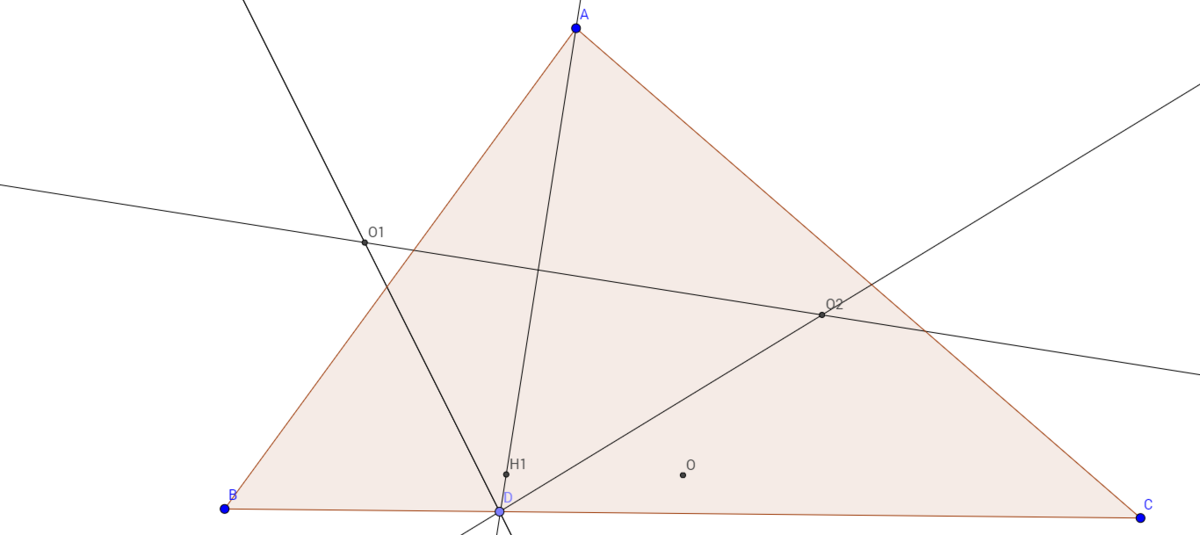Ortho-circumcentric complexity
Consider an acute-angled triangle , with circumcenter .
Denote the point such that it lies on segment .
Let and be the circumcentres of triangle and , respectively.
Consider the triangle , with orthocenter .
Prove that: is parallel to .
Bonus: Prove this result for an obtuse-angled triangle as well.

No vote yet
1 vote
Easy Math Editor
This discussion board is a place to discuss our Daily Challenges and the math and science related to those challenges. Explanations are more than just a solution — they should explain the steps and thinking strategies that you used to obtain the solution. Comments should further the discussion of math and science.
When posting on Brilliant:
*italics*or_italics_**bold**or__bold__paragraph 1
paragraph 2
[example link](https://brilliant.org)> This is a quote# I indented these lines # 4 spaces, and now they show # up as a code block. print "hello world"\(...\)or\[...\]to ensure proper formatting.2 \times 32^{34}a_{i-1}\frac{2}{3}\sqrt{2}\sum_{i=1}^3\sin \theta\boxed{123}Comments
For a general triangle ABC, we define pij to be the perpendicular bisector of the two points i and j, and hij to be the altitude of the triangle corresponding to the line through two points i and j of said triangle. So, the perpendicular bisectors pAB, pAC and pBC are perpendicular to AB, AC and BC respectively and all meet at the circumcentre O of ABC. For a point D on BC, we may suppose that O1 and O2 are the circumcentres of ABD and ACD. We then have that O1 and O2 are respectively the meets of the concurrent triple of lines (pAB,pAD,pBD) and (pAC,pAD,pCD). As pAD passes through both points, we can deduce that pAD=O1O2. For the triangle O1O2D, we then have that the altitude hO1O2 of this triangle is simply pAD; this then implies that the orthocentre H1 of O1O2D lies on AD. It remains to show that H1O is parallel to BC.
I will get back to you on this, as I will need a couple more days to work this out.